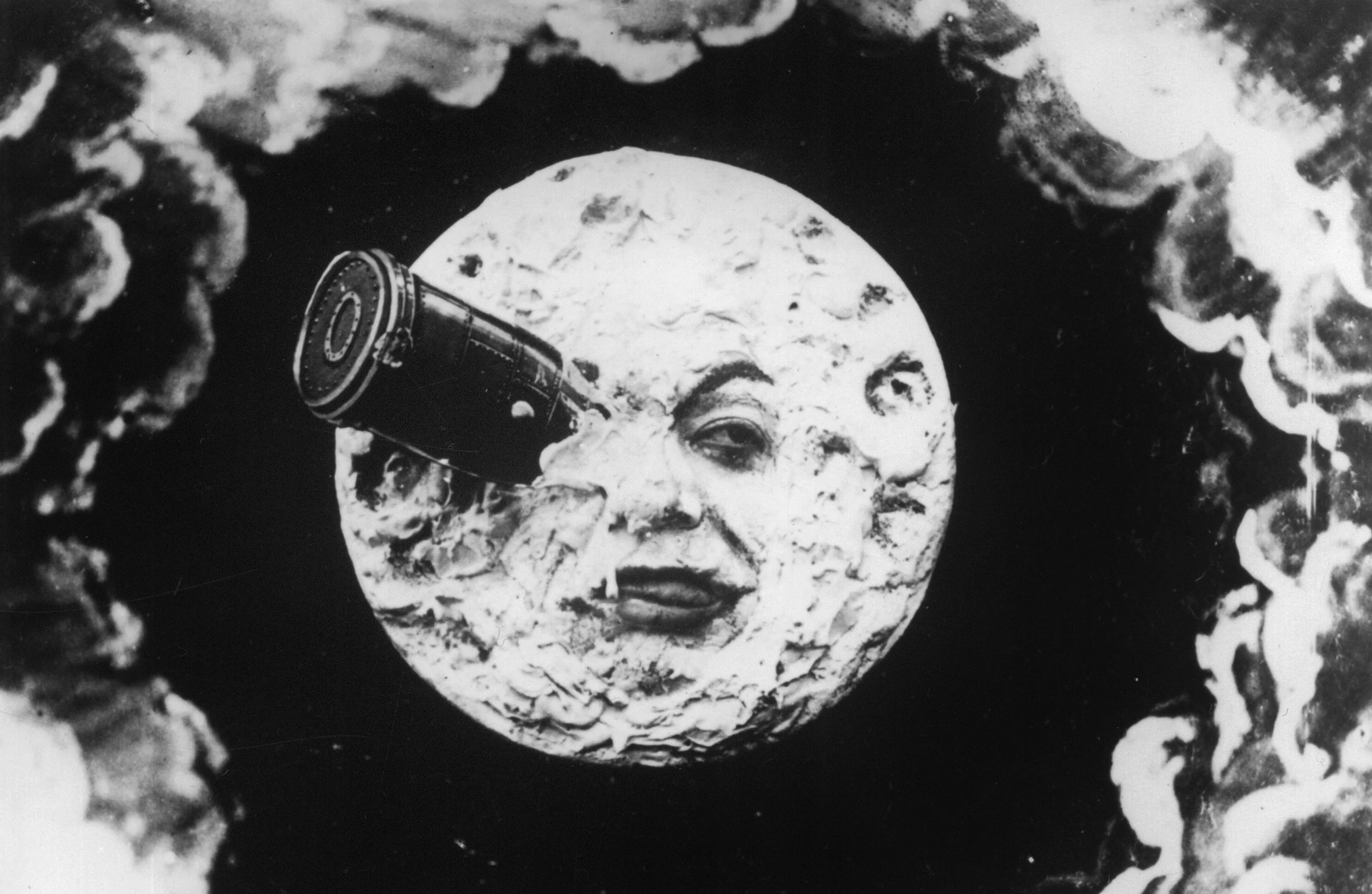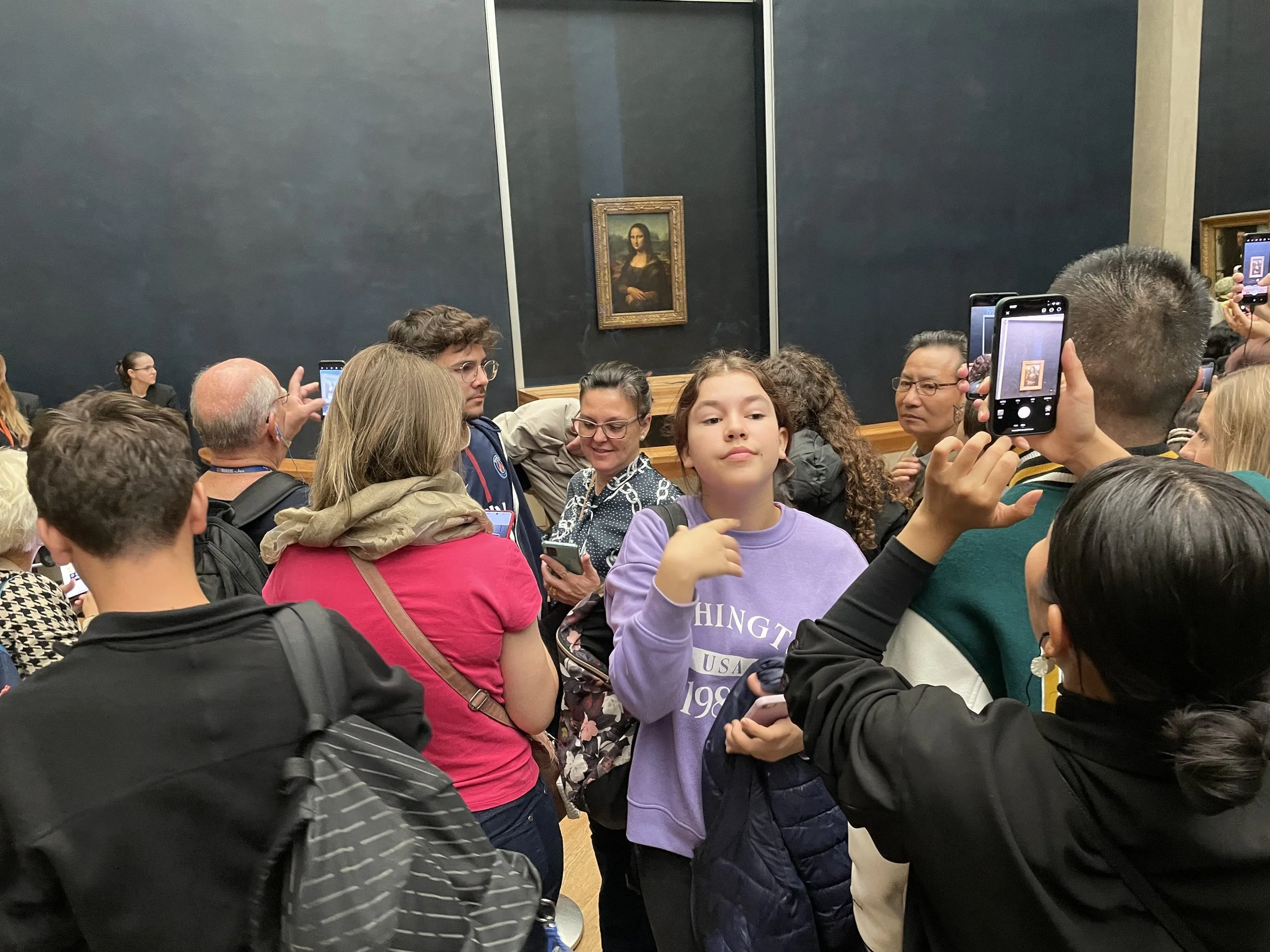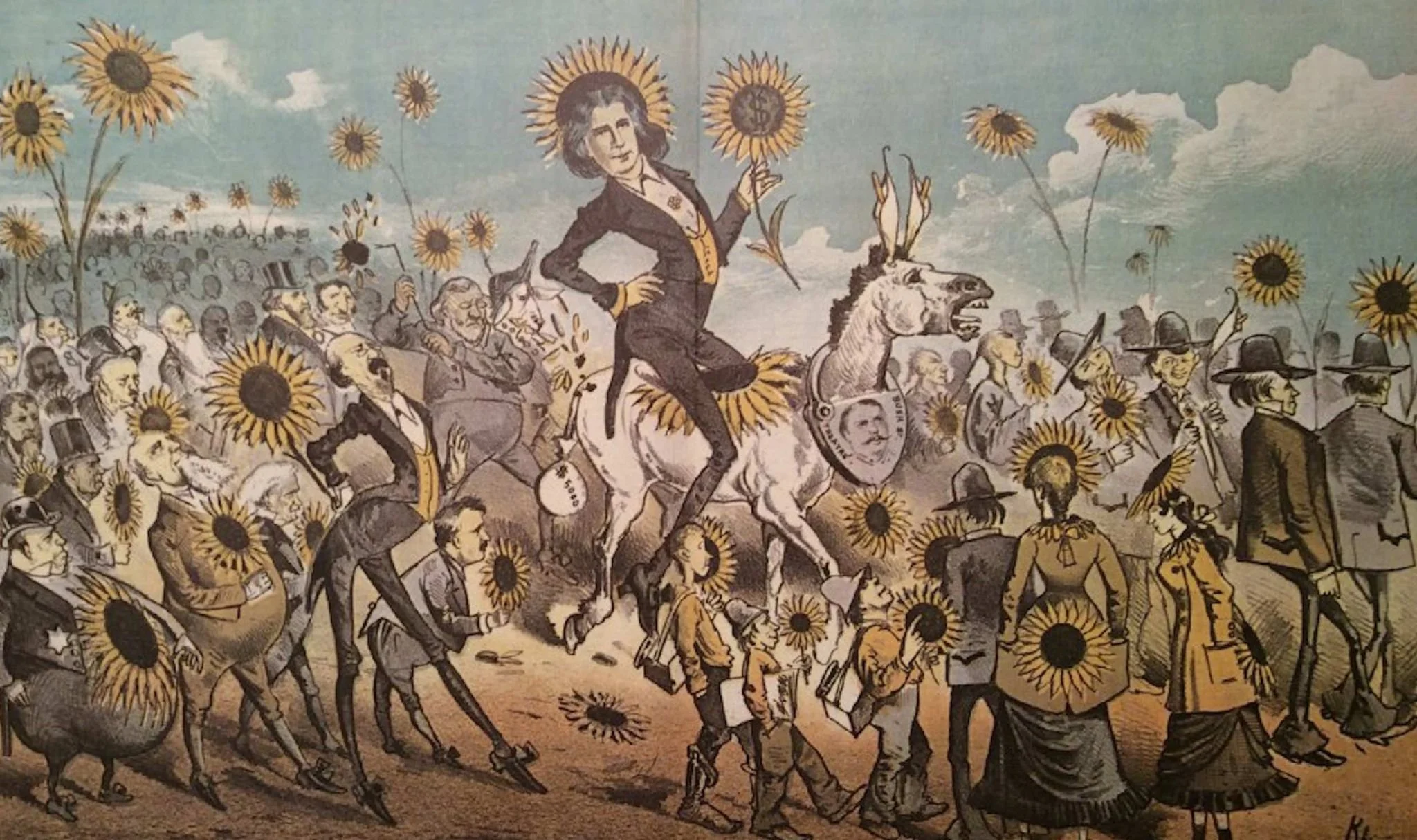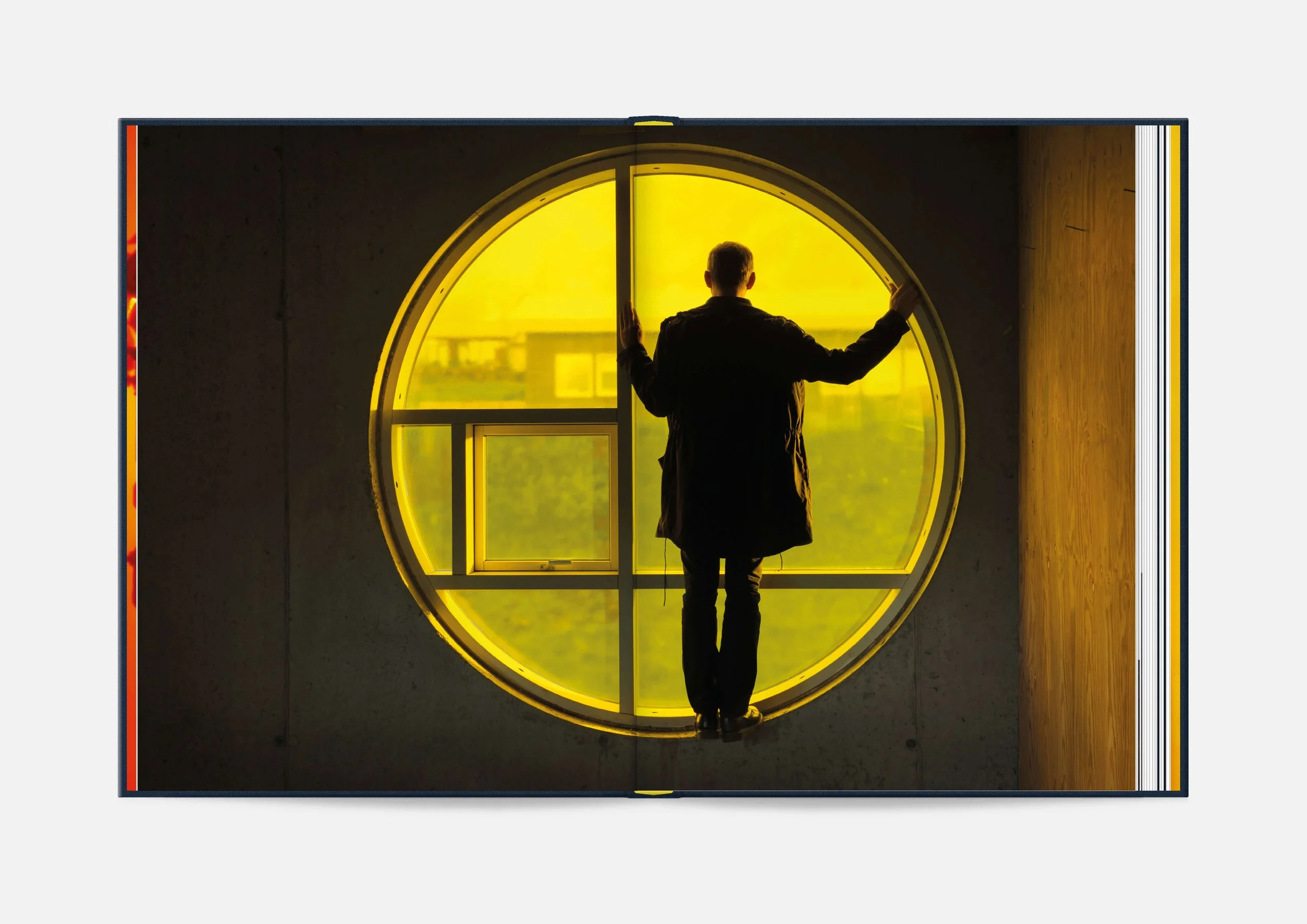teaching.
please swipe or use arrows to scroll through course descriptions.
-
![Decorative Image photo of a women's liberation march in 1970, by Don Carl Steffen]()
FEMINIST THEORY IN TRANSNATIONAL CONTEXTS: This course examines a wide variety of feminist theories in order to illustrate the many ways in which ‘gender’ and gender in/equity can be interpreted and located within everyday life. It assumes an interdisciplinary, transnational, and queer perspective and recognizes that gendered identities are molded by such factors as class, race, sexual orientation, and national identity. It explores the issues of difference among the experiences of women and other gendered subjects and the role ‘theory’ serves in conceptualizing such differences and supporting the ongoing fight for gender equity. This semester, we will track key modes of Feminist Theorizing through four main themes: ‘Embodied Knowledge/Situated Perspectives;’ ‘Working to get it Right;’ ‘Justice, in Theory,’ and ‘Emerging Horizons.’ UNDERGRADUATE SEMINAR.
-
![Decorative Image of moon with rocket ship in eye from 1902 Georges Méliès film A Trip to the Moon]()
VISUAL CULTURE: This course introduces an interdisciplinary approach to the study and research of the visual world. Students will be critically introduced to a variety of image-types and visual histories. Interdisciplinary readings will teach students to recognize and interpret how different kinds of images produce different kinds of meaning; how images work in concert with text, sound, smell, and touch; why the study of 'visual culture' is so important in today's image-saturated world. UNDERGRADUATE SEMINAR.
-
![Decorative Image of an illustration of an Ancient Mayan Ballgame]()
GLOBAL FOUNDATIONS IN ART: This course surveys global art and architecture from the prehistoric period through the Middle Ages. Week to week, the material will be focused thematically and located within specific geographic regions and cultural formations. Major topics will include the multiple and foundational definitions of ‘art’ found in various cultural contexts; the origins and development of systems of writing in relation to the visual arts; art’s relation to power and propaganda in the defining of empire; the role of art in relation to myth, religion, and ritual. The course will also focus on developing a set of critical concepts and vocabularies, which are key to understanding global arts practices in their historic and their contemporary contexts. UNDERGRADUATE LECTURE COURSE.
-
![Decorative Image, detail of a collage by designer Martin Venezky]()
CRITICAL DESIGN STUDIES: This course offers students an opportunity to consider how ‘the idea of design’ has developed historically, while they simultaneously reflect on the way this idea functions within today’s globalized world. Organized in a rough chronology, each week works to thematically introduce the different ways that ‘the question,’ ‘the practice,’ and ‘the product’ of design have all been mobilized, marketed, and theorized. The course challenges students to think across a complex, cross-cultural network of images, objects, services, interfaces, and experiences while working to determine the ever-fluctuating value that design has, as both a noun and a verb. Students will work to disentangle the idea of design from the complex webs of financial, cultural, and social capital that provide for its most practical and its most esoteric applications. Topics will include the ethics and the politics of design; the relationship between design and the arts and crafts; how design helps to shape our identities. UNDERGRADUATE SEMINAR.
-
![Decoritive Image of people at the Louvre looking at the Mona Lisa, taken by the author]()
THEORIES OF LOOKING: This course looks at key texts, concepts, and debates concerning the question of what constitutes art, today. Students will learn new critical thinking skills and encounter a variety of analytical methods built to address how art is defined in relation to questions of affect, cybernetics, economics, education, globalism, identity politics, and popular culture. The emphasis will be on exploring how different critical and cultural frameworks expand our understanding of art across varied media. Students will cultivate interdisciplinary modes of thinking and learn to advance critical arguments regarding the substance and value of art, relative to their own practices, as artists, and as members of broader cultural and social communities. UNDERGRADUATE SEMINAR
-
![Decorative Image of still from 1983 Tony Silver film Style Wars of a young man painting a car train with spray paint]()
POWER OF STYLE: Yves Saint-Laurent famously quipped that “fashion fades, style is eternal.” This enigmatic statement does much to elucidate the powerful place style holds in many contemporary cultures. In particular, it alerts us to the relationship that exists between notions of style and notions of history. Or, to the idea that “to have style” is to have the means of inserting oneself into history, while “to lack style” is to risk oblivion. Bearing Saint-Laurent’s words in mind, this course suggests that tracing style’s fluctuating features and movements across varied social, political, aesthetic, and philosophical terrains is important work— and that this is particularly true within the realms of fine art, design, art history, and visual studies, as many important figures within these fields have come to both claim and contest the ownership of this term. Course topics will include: The (Re)Invention of Gothic Style; Baroque Beauty; Styling the Masses; The Dissident Dandy; Subcultural Style and the Zoot-Suiters, Bohemians, and Punks; Styling the Home(front); Street Style; and Life/DeathStyle. UNDERGRADUATE SEMINAR.
-
![Decorative Image, detail of Durer's Rhinocerus etching]()
PRESSED FOR TIME - A HISTORY OF PRINTMAKING: This course considers the long history of printmaking—intentional and otherwise, from prehistoric impressions left in soft primordial muds to mass produced and distributed broadsides and posters, which were developed to facilitate the widespread distribution of information but have since equally come to critique the ‘cultures of the copy’ that sprung-up in their wakes. The course will thematize these investigations and work to deconstruct printmaking’s key terms: matrix, multiple, transfer, relief, pattern, plate and others will all be considered technically and ideologically speaking. Students will reflect on the relation between fine art prints and more popular and ephemeral modes of printmaking. Local collections, artists and print studios will be visited and special attention will be paid to how the rise of digital, and especially internet-based, technologies are affecting the field. UNDERGRADUATE SEMINAR.
-
![Decorative Image: Still from the 1962 Mervyn LeRoy film Gypsy]()
WHERE THE GARMENT GAPES: This course considers how Western Art History and practice might contribute to and contend with critical theories of embodiment by thinking through what is arguably one of the most popular subjects in Western Art History to date, namely: the distinction between the naked and the nude body. Changing conceptions of ‘the body’ will be traced across a selection of the many styles and strategies used to represent the un- (or non-)dressed human form in Western arts and visual cultures dating from the Pre-Historic Era to the present. Among the themes to be addressed will be questions of: gender, race, sexuality, abelism, sizeism, youth and agedness, fecundity and potency, erotic art and pornography, Orientalism and the colonial imagination, social class and the ‘work’ of art. UNDERGRADUATE SEMINAR.
-
![Decorative Image, drawing of Siouxsie Sioux's eyes]()
BEFORE THE CURE - CRITICAL INVESTIGATIONS OF GOTHIC STYLE: Something wicked this way comes! This course offers the opportunity to think critically about the myriad ways that the ‘Gothic’ label has been historically mobilized for marking and managing the appearance of the defiantly different or irrational, and how this history has come to influence a wide array of contemporary artists, musicians, and designers. Special attention will be paid to the way that a specific set of monstrous tropes and bewitching fantasies have come to dominate a rather wide variety of Gothic imaginaries, and what these nightmarish motifs and aesthetics can teach us about the variety of ways that ‘the horror’ of difference might galvanize a community. Students will acquaint themselves with the art and architecture of medieval Europe and Northern Africa through to the art, fashion, graphic designs, and music associated with more recent global Gothic subcultures. UNDERGRADUATE SEMINAR.
-
![Decorative Image, promotional photograph of Louise Brooks]()
REEL DEVIANTS: From bad girls, femme fatales, and fallen women to gender queers and angry feminists, this course tracks an array of 'gender deviants' across a range of films, animations, video-installations, and video games that collectively span over 90 years and a host of cultural contexts. Along the way, students will be introduced to a series of formal, political, and theoretical topics concerning the history of the moving image and what it can teach us about the history of gender and sexuality. UNDERGRADUATE SEMINAR.
-
![Decorative Image, political cartoon depicting Oscar Wilde's 1882 trip to San Francisco, featured in the San Francisco Wasp]()
BOHEMIAN RHAPSODIES - 1871-1915: Upon a trip to San Francisco, Oscar Wilde famously remarked how much California reminded him of "Italy, without its art." Rather than understand this as a negative critique, the stories of San Francisco's earliest artistic communities suggest that this was precisely what lured so many young bohemians to the City by the Bay during the Gold Rush and through the decade following the great quake of 1906. Unhampered by the ruins of antiquity and the strictures of bourgeois social life, unconventional writers, artists, and performers all found themselves rolling along San Francisco's hills, winding down in the saloons of its Barbary Coast, and making undeniably 'contemporary' art, all along the way. Inspired by their off-beat tales, this course asks students to follow Baudelaire's flâneur from Montmartre to Market Street--then, into the studios of the Mark Hopkins' Institute of Art, the dining room of Coppa's italian restaurant, and the hallways of the famed Montgomery Block building. Designed to coincide with preparations for a proposed exhibition on the the San Francisco Art Institute's early years, this course will also invite students to develop their research methods and their knowledge of how Modernism came to take root in the American West by focusing course assignments on primary research projects rooted in various Bay Area archives. GRADUATE SEMINAR.
-
![Decorative image, film still from Isaac Julien's Playtime]()
PLAYTIME - ISAAC JULIEN AND THE AESTHETICS OF RISK: Developed to coincide with Fort Mason Center’s exhibition of the award-winning artist and filmmaker Isaac Julien’s works—namely, the 7-screen film-installation PLAYTIME (2014), his 2-channel, 2013 film KAPITAL, and a single-screen version of his 2010 film Ten Thousand Waves, entitled Better Life—this intensive course offers students an opportunity to engage with Julien’s oeuvre while focusing their attention on how his recent works weave together stories of art and capital through aesthetic explorations that aim to understand how chance, pleasure, and risk are (dis)located by the forces of global financial markets and the power of individual needs and desires. Students will situate Julien’s work vis-à-vis a series of artistic traditions and discursive fields—from histories of video and installation art to discussions within exhibition and museum studies and materialist and queer theories of art. UNDERGRADUATE SEMINAR.
-
![Decorative Image of a Guerrilla Girls Installation, with two people stood in the foreground]()
ISSUES AND THEORIES IN CONTEMPORARY ART: Designed to provide MA students with a foundation in the scholarly practice of art history, this writing, reading, and discussion-intensive course will offer a range of models and critical vocabularies for the analysis of contemporary art's production, circulation and reception. The course will begin by familiarizing students with foundational figures. As it continues, we will consider how the discipline’s key terms, subjects, and perspectives have changed in the wake of (post)structuralism and ‘the visual turn.’ The course will conclude with a series of ‘case studies’ in contemporary arts writing, which will offer students the opportunity to consider the similarities and differences that lie between the methods and practices of art history and visual studies. GRADUATE SEMINAR.
-
![Decorative image, detail from Remedios Varos' el otro reljos painting]()
INTRODUCTION TO CRITICAL THEORY: This course seeks to address the question of what makes theory so 'critical' within contemporary arts discourse? Or, why do contemporary artists need to know 'The Frankfurt School' as well as they know 'The New York School'? It is designed to help students navigate critical and cultural theory's primary figures, concepts, and methods, while it also challenges course participants to ponder how contemporary arts practice might serve to preserve critical theory's primary enterprise, namely: the project of diagnosing how contemporary cultures work to instrumentalize and limit our varied potentialities. Weekly lectures will introduce students to key, foundational thinkers such as Karl Marx, Sigmund Freud, and Ferdinand de Saussure, while also establishing the ways that these thinkers' ideas have been elaborated or challenged by the developments of (Post)Structuralism, Feminism, Post-Colonial and Critical Race Theory, or Queer Theory and Science and Technology Studies. GRADUATE SEMINAR.
-
![decorative image, film still from Last Angel of History film by the Black Audio Film Collective]()
A HISTORY OF THE FUTURE: This seminar concerns itself with how 'the future' has been differentially thought and represented through Modern and Contemporary Art and Design. From its outset, the course will be careful to attend to the notion that not all subjects have access to ‘the future’ in the same way and that much of modern political life hinges upon the management of this discrepancy. It will historicize and problematize how it is that contemporary artists and designers have come to be expected to always have an eye for the future/‘what’s next.’ And it will, consequently, consider how thinking ‘the history of the future’ might provide an interesting way to think about the politics of art and design. Italian and Russian futurism, 1950s (Retro-)futurism, 1960s ‘Mod’ styles, Afrofuturism, various Feminist Utopian and Dystopian visions, and contemporary Science Fiction will all be looked at. GRADUATE SEMINAR.
-
![Decorative image, weaving sample by Dorothy Liebes]()
THEORIES OF THE TEXT/ILE: Over the last half-century, many thinkers have worked to denaturalize common perceptions of ‘the text' by capitalizing on the etymological and structural resonances that link it to ‘the textile’. Interestingly, these thinkers’ radically materialist theories — geared toward revolutionizing culture by challenging the channels, functions, and aesthetics of ‘language, itself’ — seldom turn to actual textiles in the course of their investigations. Content to work with metaphorical textiles and looms, many (Post)Structuralist thinkers miss the exciting, parallel insights produced by contemporary fiber artists and fashion designers. This course will consider what might be learned from the textures and production practices that constitute the text’s familiar (i.e. the textile), and how popular theories of the text should be (re)examined alongside the work of artists and designers located across the globe, from different cultural traditions, and engaged in a variety of conceptual and applied practices. GRADUATE SEMINAR.
-
![Decorative Image, film still from Hail the New Puritan by Charles Atlas]()
CRITICAL HEDONISM: This course focuses on those modes of criticism, art, and design that oblige one to critically enjoy the world in ways that circumvent programs of conspicuous consumption and normative sexuality. It suggests that more ‘repressed’ forms of criticality and artistic practice are doomed to fail those subjects whose pursuits of pleasure are inherently marginalized or legislated against. It also considers how ‘critical hedonism’ might be particularly relevant these days, given how the cultures of scarcity and austerity incurred by recent global economic and political crises are forcing people to give-up on all sorts of ‘frivolous’ social and academic projects which are disproportionately located in the arenas of art, design, and interdisciplinary studies. In our pursuits, Louis XIV will hold court with Louis Vuitton and the Marquis de Sade, turn-of-the-century dandies, decadents, and jazz musicians will all be considered alongside late 20th-century Goths, hip hop heads, and ravers. GRADUATE SEMINAR.
-
![Decorative image, detail of a collage that reads gossip in large tabloid style letters]()
THE ART OF GOSSIP: Inspired by Gavin Butt’s book Between You and Me: Queer Disclosures in the New York Art World, 1948-1963, this seminar critically explores how gossip “produces and maintains the filiations of artistic community,” while also considering why the discipline of art history has given this vital, and patently queer, discursive practice so little attention. Participants will reflect on how the exclusion of gossip marks a certain prudish and heteronormative tendency within the field, and how it also signals the need for a radical transformation of what qualifies as art history’s archives. Moving from mid-20th century New York into our present, socially-networked and globalized moment, the course will cover various artworks and art histories, personal memoirs, celebrity gossip magazines, and websites alongside Butt’s work and theoretical frameworks provided by other thinkers. GRADUATE SEMINAR.

















